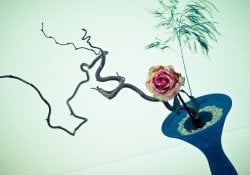Enjoying the status of Cultural and Historical Heritage of Humanity by UNESCO since 1993, Himeji Castle is a jewel of Japanese architecture, full of particularities and a very interesting history.
Located in what is now Himeji City in Hyogo Prefecture, 50 km west of Osaka and 650 km away from Tokyo, Himeji Castle began to be built as a fort in 1333 by Norimura Akamatsu, the former governor of the region, then called Harima.
In 1346, a small castle-like building was erected by Sadanori Akamatsu. This “embryo” of the castle, all made of wood, was very different from the current castle, but it lasted 230 years.
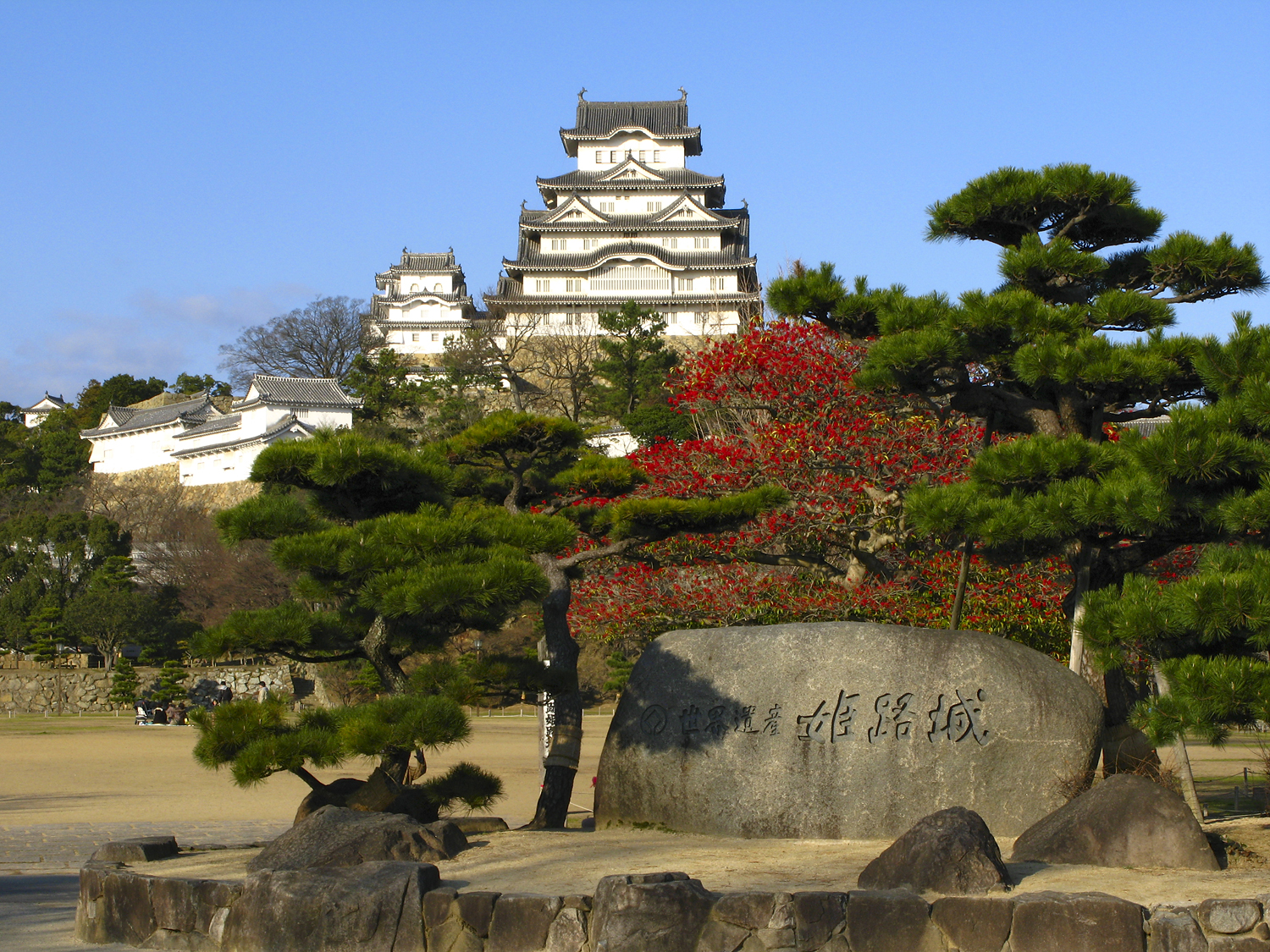
In 1580, Japan was going through a civil war, and two great “daimyô” (feudal lords) vied for supremacy and control of Japan, dividing the country between those who supported Nobunaga Oda or Ieyasu Tokugawa.
Himeji Castle - Civil War
Hideyoshi Toyotomi, one of the military leaders of the clan of Nobunaga Oda, took over the castle and carried out the first of a series of major renovations, aimed at building a “modern” 3-story castle.
The death of Oda in 1582 and the death of Toyotomi in 1598 left the way open for the ambitions of Tokugawa, who, after winning the Battle of Sekigahara in 1600, seized power in Japan. Thus, in 1601, Tokugawa gave as a prize to the erumasa Ikeda, one of his generals and son-in-law, the provinces of Harima, Bizen and Awaji, who thereby became the new lord of Himeji Castle.
As during the civil war Himeji Castle had been damaged, and its location being important for the defense of the government of the Tokugawa shogunate, Ikeda dedicated himself to rebuilding the castle, which gained the form it maintains to this day.
In the reconstruction, Ikeda implanted in Himeji Castle details that modernized and improved the architectural and defensive features, which made the castle complex an exemplary model of Japanese construction of the period.
At the most central and highest part of a hill, a huge trapeze-shaped base made up of stone walls with slopes varying from 30 to 40 degrees was built to serve as the foundation of a 7-story castle, called “daitenshukaku”. .
This base, in addition to making it difficult for invaders to climb, allowed the correct direction of rainwater, preventing erosion of the terrain and protecting the highest structure from the effects of an eventual earthquake, since the wooden foundations placed on the base are malleable.
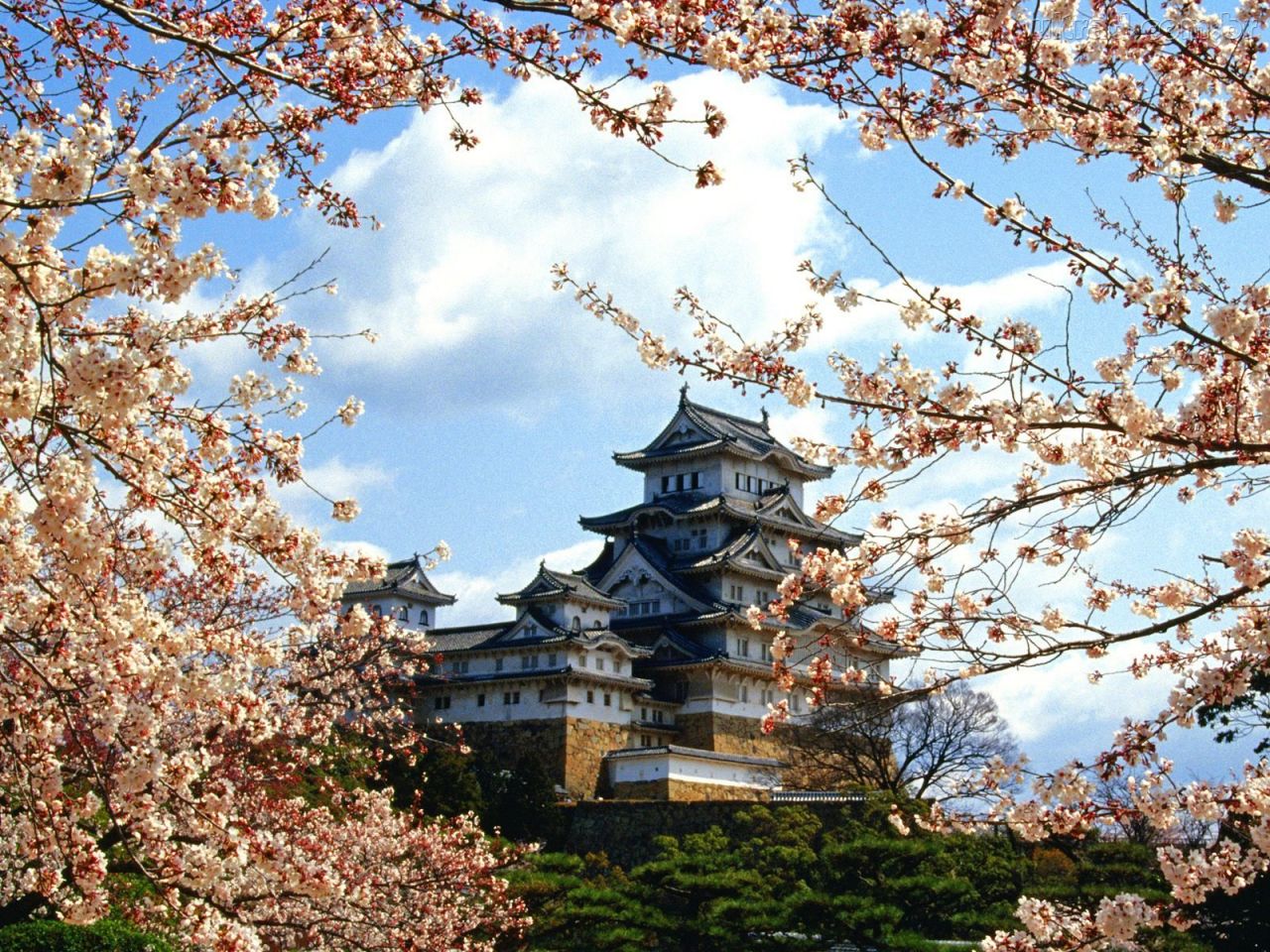
The White Crane of Himeji CASTLE
The nickname “White Crane” comes not only from the castle’s decorative elements, with its graceful, curved eaves, but mainly from its walls covered with white masonry.
Like other castles of its time, Himeji was made of wood, but the masonry finish, in addition to giving it a white appearance, increased the thickness of the walls and modernized the castle by making it resistant to firearm attacks.
As the use of firearms in battle began in 1549, earlier buildings needed to be retrofitted. It is estimated that there were 5,000 small castles in Japan in the 14th century, but all of them used only the fences and the moat as a means of defense, which became vulnerable with the emergence of firearms.
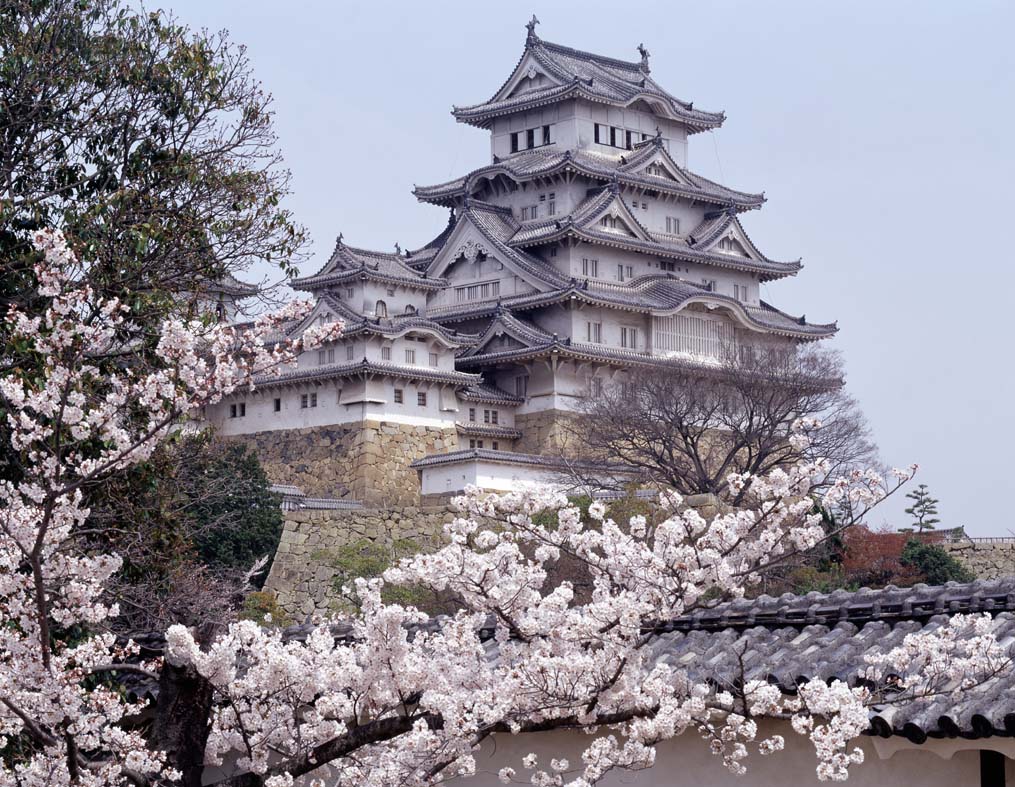
Around the castle itself, a network of paths full of steps, walled and crooked and with several gates and towers, form a long labyrinth where even today visitors get lost. Finally, the entire area is surrounded by a wall and an external moat, with a single passage to enter or leave the complex.
The Himeji Castle Complex
A huge distance to go from the entrance of the complex, the thick walls and small windows in the castle, in the gates and in the towers reveal the concern with the “modern” firearms of the time. Until the middle of the 16th century, the Japanese used a type of primitive rifle, whose barrel diameter resembles the current bazookas and whose activation depended on the lighting of a wick, just like in the old cannons.
In short, it was a heavy, uncomfortable, time-consuming and short-range weapon. This would change over time, with the introduction of the musket lock (the “grandma” of the current trigger and hammer rifle detonation system), which made Japanese firearms more efficient and with greater range.
Slightly larger, square openings at the top of the sloping stone walls and at the base of the main building were used to throw stones at anyone trying to climb from the outside. In addition, several secret passages were built throughout the complex, which in case of attack allowed the feudal lord, his family, servants and soldiers to live on food and weapons stored for a long period.
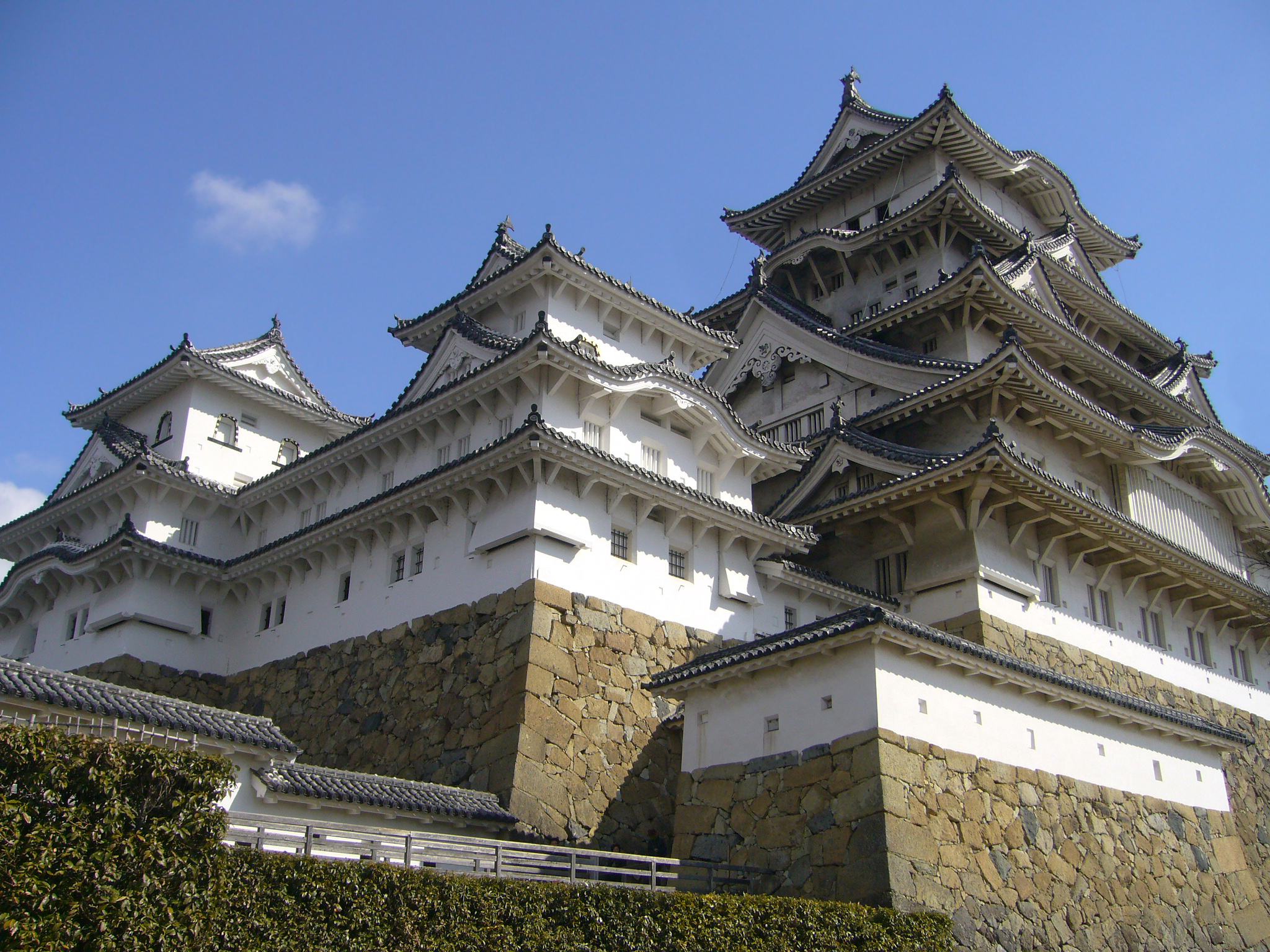
The article is still halfway through, but we recommend also reading:
Counting on Luck
But it was luck that gave Himeji its most prized feature, being its state of preservation. Although the Castle was rebuilt by Ikeda with the purest defensive purpose, the fact is that it has never been damaged by acts of war since then, not even during the Second World War.
The reconstruction of the Castle took nine years, from 1601 to 1609, and is estimated to have mobilized 50,000 workers, with a cost estimated today at more than 2 billion dollars.
Being a unique construction of its kind in the world and with a degree of preservation that allows us to experience a lifestyle of 400 years ago today, Himeji Castle lives up to the title of Historic Heritage of Humanity.






